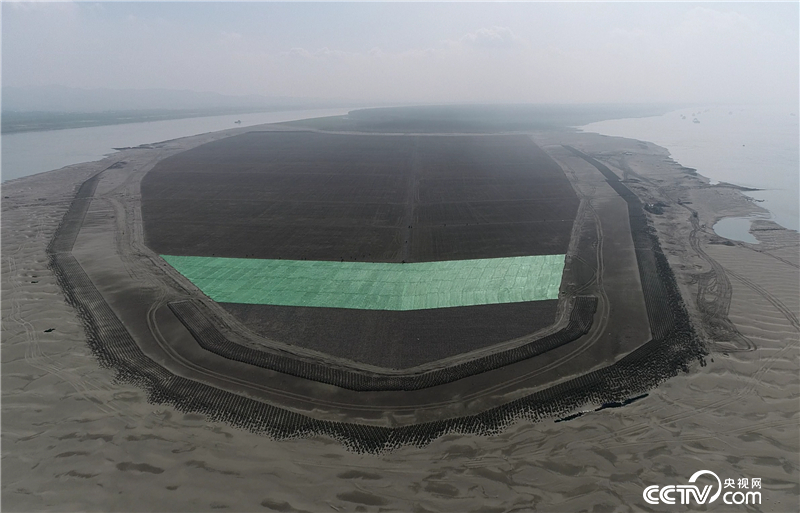[Cherry Blossoms Open Again —— Reviving Hubei after the Epidemic] Revitalize the trial operation of the water "expressway" in the Yangtze River Economic Belt
Cctv news(Reporter Tang Shiying, Wang Xiaoying, Luo Chuan) On March 30th, the national online media Hubei Tour came to the site of "Regulation Project of 6-meter-deep Waterway in Wuhan-Anqing Section of Yangtze River Trunk Line" in Ezhou City. Li Ping, executive deputy manager of the II Project Department of Wu ‘an Section of Yangtze River Trunk Line, introduced that on March 26th this year, the regulation project of 6-meter-deep Waterway in Wuhan-Anqing Section of Yangtze River Trunk Line (referred to as Wu ‘an Section Project) was fully completed and put into trial operation.
This means that 10,000-ton river-sea ships can reach Wuhan all the year round, forming a "water expressway" that "runs smoothly in Hubei, Jiangxi and Anhui, and reaches Jiangsu, Zhejiang and Shanghai" to revitalize the Yangtze River Economic Belt.

Ecological beach consolidation project (picture from official website of Yangtze River Waterway Bureau)
In 2014, the Hubei Provincial Party Committee and the provincial government submitted a request to the Ministry of Transport for the construction of the "6-meter-deep waterway from Anqing to Wuhan and 4.5-meter-deep waterway from Wuhan to Yichang" (referred to as the "645" project). In March 2016, the "645 Project" was included in the National Outline of the Yangtze River Economic Belt Development Plan and the "Thirteenth Five-Year Plan" of the Ministry of Transport.
In October 2018, Wu ‘an Section, one of the main projects of the "645 Project", started construction. The waterway regulation project of Wu ‘an section of the Yangtze River trunk line spans Hubei, Jiangxi and Anhui provinces, with a total length of 386.5 kilometers, starting from Tianxingzhou Yangtze River Bridge in Wuhan, Hubei Province, and ending at Anhui Anqing, Anhui Province, and systematically regulating seven navigation-blocking beach sections such as Luohuzhou and Daijiazhou.
Before the regulation, some waterways were winding and shallow, which was the "intestinal obstruction" that restricted the capacity of the Yangtze River trunk line. The implementation of waterway regulation will effectively solve the outstanding problem of "deep at both ends and shallow in the middle" of the Yangtze River trunk channel, and form a super-large "water expressway" linking the four provinces of Hunan, Hubei, Jiangxi and Anhui in the middle reaches of the Yangtze River, which will greatly promote the construction of the shipping center in the middle reaches of the Yangtze River in Wuhan, and the navigation capacity of the Yangtze River trunk channel will also achieve an overall leap, thus promoting the upgrading of the comprehensive transportation system along the Yangtze River.

Lejiawan Beach Control Project (Image from official website, Yangtze River Waterway Bureau)
Li Ping introduced that a total of 15.4 kilometers of ecological revetment, 1.46 million square meters of ecological beach consolidation and 3 ecological conservation areas were built in Wu ‘an section.
In this waterway regulation, more than 6 million fry were released by adhering to the principle of "ecological priority and green development", forming a complete set of green waterway construction technology, and comprehensively utilizing the dredged soil of the waterway to support the construction of major projects along the Yangtze River, including providing 1.19 million cubic meters of dredged soil for Ezhou Huahu Airport. The project also pioneered real-time monitoring technology to dynamically monitor the sinking and drainage construction, which filled the gap in China.

Ecological revetment project (picture from official website, Yangtze River Waterway Bureau)